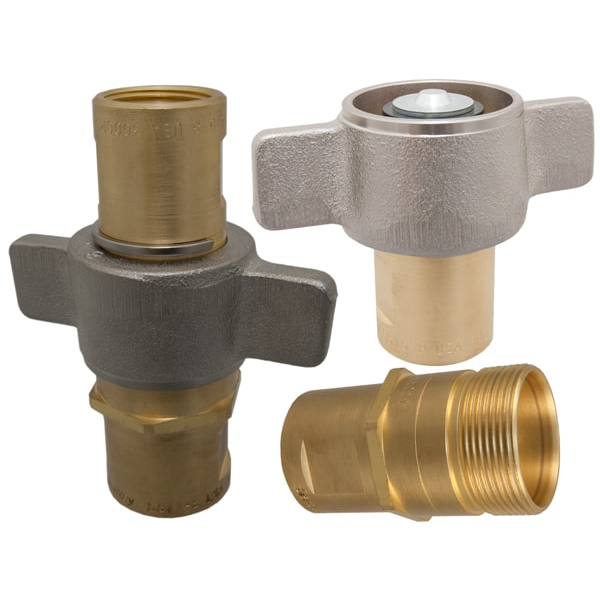SafeWay's S51 Series is a minimum spill, thread-toconnect, fluid transfer quick coupling designed for use with most industrial fluids. It can be connected under full system pressure by rotating the female threaded heavy-duty ductile cast iron wing nut or steel hex nut onto the mating male threaded tip (nipple).
Dowload BrochureView CAD & Technical Specs